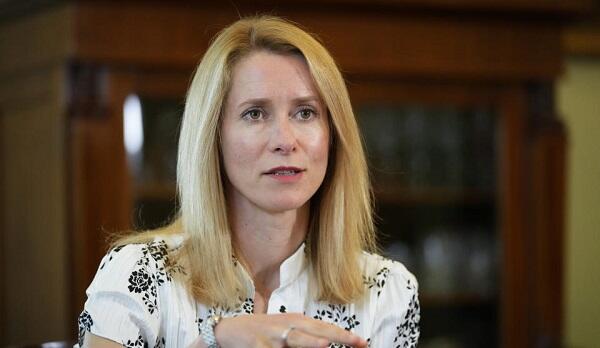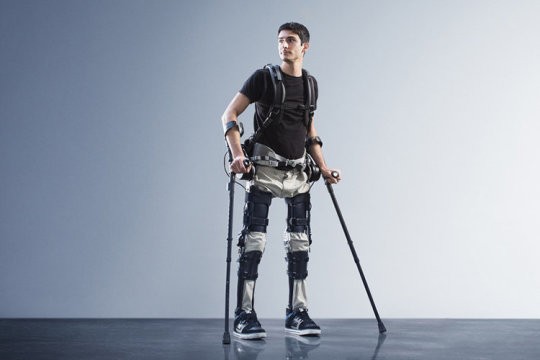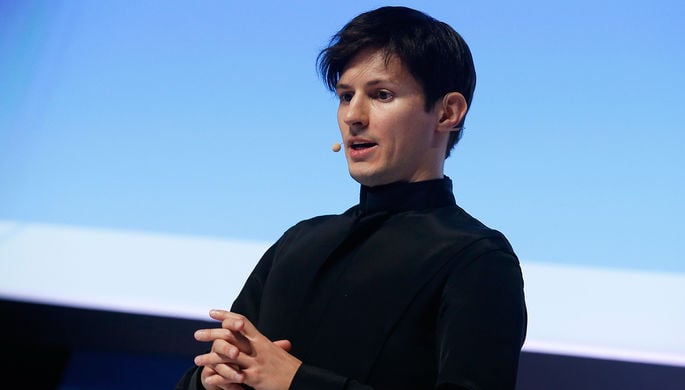UC Berkeley's Robotics and Human Engineering Laboratory has displayed new-generation exoskeleton.
The robotics lab, a team of graduate students led by mechanical engineering professor Homayoon Kazerooni, has been working for more than a decade to create robotic exoskeletons that allow those with limited mobility to walk again.
A new, lighter and more agile exoskeleton, for which the Kaz lab developed the original technology, was unveiled: The Phoenix, by SuitX, a company that has spun off the robotics lab. Kazerooni is its founder and CEO.
The Phoenix is lightweight, has two motors at the hips and electrically controlled tension settings that tighten when the wearer is standing and swing freely when they're walking. Users can control the movement of each leg and walk up to 1.1 miles per hour by pushing buttons integrated into a pair of crutches. It's powered for up to eight hours by a battery pack worn in a backpack.
The Phoenix can be adjusted to fit varied weights, heights and leg sizes and can be used for a range of mobility hindrances. And, although far from inexpensive at $40,000, it's about the half the cost of other exoskeletons that help restore mobility.






















































